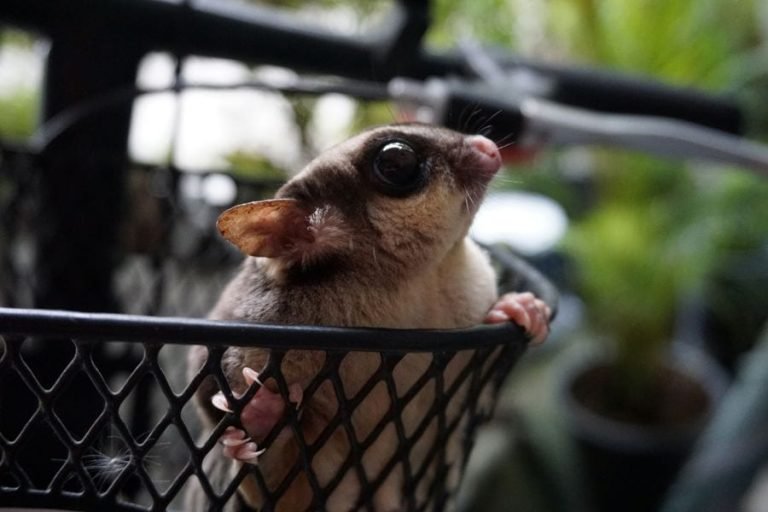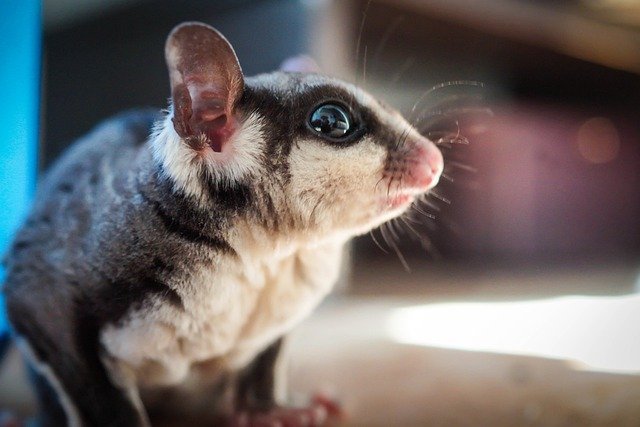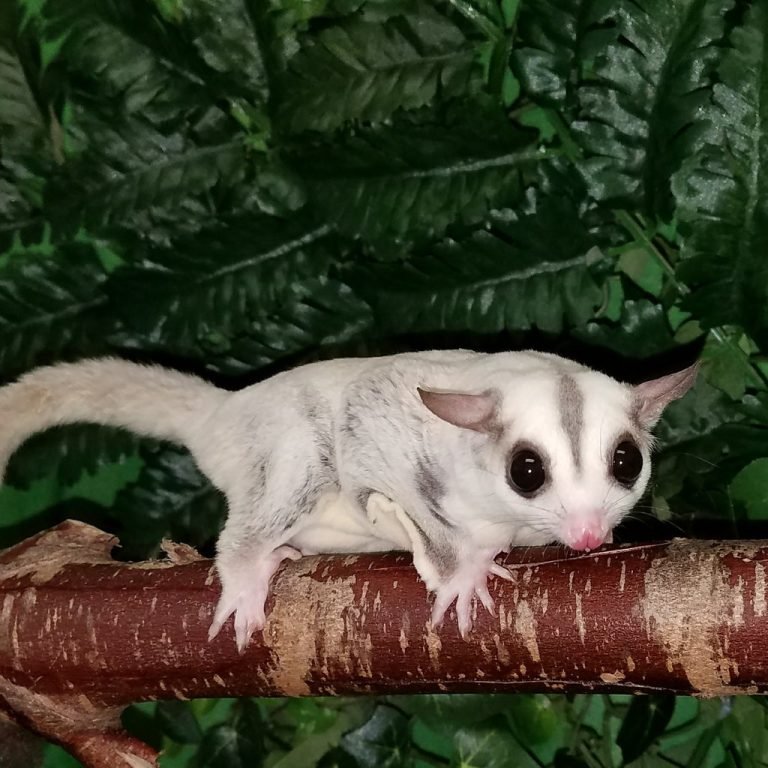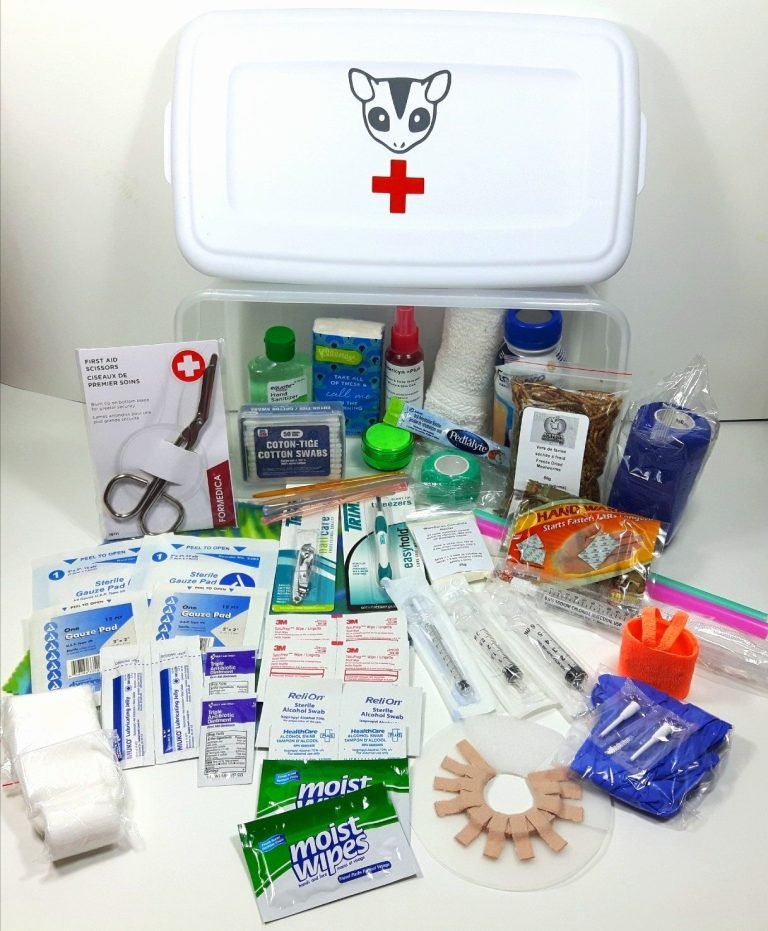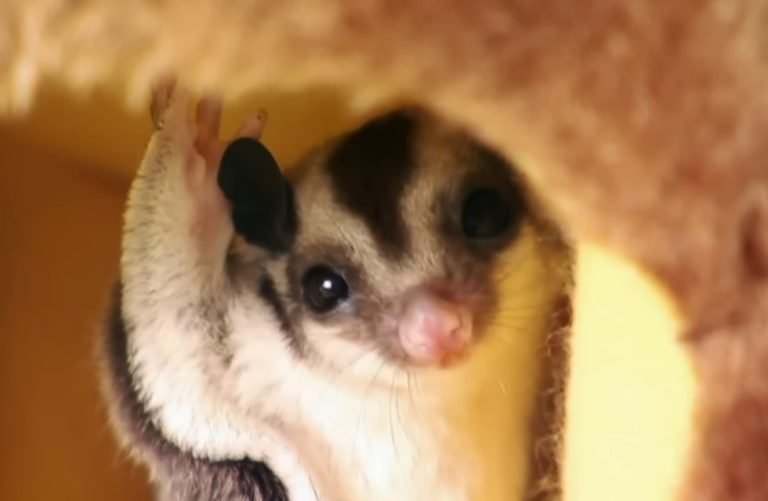Sugar Glider Cage Sets
Sure! Here’s a long-form article about sugar glider cage sets
Have you ever wondered how to create the perfect home for your sugar gliders? Well, look no further! In this article, we’ll dive into the world of sugar glider cage sets and provide you with all the information you need to set up a comfortable and stimulating environment for your furry friends.
When it comes to sugar glider cage sets, there are a few essential components that you should consider. Let’s explore each of these elements in detail to ensure you create an ideal living space for your sugar gliders.
1. Cage Size and Structure
The first thing you need to consider is the size and structure of the cage. Sugar gliders are active animals and require plenty of space to climb, glide, and play. A suitable cage size for a pair of sugar gliders is at least 24 inches wide, 24 inches deep, and 36 inches tall. Make sure the cage is made of sturdy materials and has bar spacing no larger than 0.5 inches to prevent any accidents or escapes.
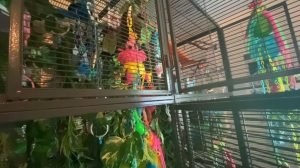
2. Vertical Space
In addition to the overall size, providing ample vertical space is crucial for sugar gliders. These creatures love to climb and explore their environment. Consider adding multiple levels, platforms, and branches within the cage to encourage natural behaviors and provide exercise opportunities.
3. Cage Accessories
To create a stimulating environment for your sugar gliders, it’s important to incorporate various cage accessories. Some essential items include:
Nesting Pouches: Sugar gliders are nocturnal creatures, so having several cozy nesting pouches in the cage will give them a safe and comfortable place to sleep during the day.
Toys and Enrichment: Keep your sugar gliders entertained with a variety of toys such as ropes, ladders, and glider-safe wheels. Enrichment activities like puzzle feeders and foraging toys can help stimulate their natural instincts.
Branches and Perches: Provide different types of branches and perches to give your sugar gliders opportunities to climb, jump, and explore. Natural wood branches are ideal as they provide a more authentic experience.
4. Proper Bedding
Choosing the right bedding is crucial for the health and comfort of your sugar gliders. Avoid using cedar or pine shavings as these can be harmful to their respiratory system. Instead, opt for safe bedding options such as fleece liners or shredded paper bedding. These materials are soft, absorbent, and easy to clean.
5. Temperature and Lighting
Maintaining the right temperature and lighting conditions is essential for sugar gliders’ well-being. These animals are native to tropical regions, so it’s important to keep their surroundings warm and humid. Provide a heat source, such as a heat lamp or heating pad, to ensure the cage stays between 75-80 degrees Fahrenheit. Additionally, consider using a full-spectrum light to mimic natural sunlight and provide vitamin D.
Now that you have a solid understanding of the key components of a sugar glider cage set, let’s address some Frequently Asked Questions related to sugar glider care:
Frequently Asked Questions
1. How often should I clean the sugar glider cage?
It’s important to clean the cage at least once a week to maintain hygiene and prevent odor buildup. Remove any waste, uneaten food, and soiled bedding. Clean all surfaces with a glider-safe cleaner and rinse thoroughly before adding fresh bedding.
2. Can sugar gliders be housed with other pets?
While sugar gliders can coexist with other pets, it’s essential to introduce them gradually and under strict supervision. Dogs and cats may view sugar gliders as prey, so it’s crucial to ensure their safety. Always prioritize the well-being of your sugar gliders when considering housing them alongside other animals.
3. Should I provide a feeding station within the cage?
Yes, it’s recommended to have a designated feeding station within the cage. This helps prevent food contamination and keeps the cage clean. Use a shallow dish or a glider-safe bowl to provide fresh food, water, and any supplements required for a balanced diet.
4. Do sugar gliders need a hiding spot in their cage?
Absolutely! Sugar gliders are naturally shy and enjoy having a safe hiding spot within their cage. A nesting pouch or a small enclosed space will provide them with the security they need during their resting hours.
5. Can sugar gliders be let out of their cage?
Yes, sugar gliders thrive on social interaction and daily exercise outside of their cage. However, it’s crucial to ensure their environment is sugar glider-proofed and escape-proof before allowing them to explore. Supervise playtime closely to prevent any accidents or injuries.
Final Thoughts
Creating the perfect sugar glider cage set requires careful consideration of their natural behaviors and specific needs. By providing a spacious, stimulating, and comfortable environment with the right accessories, bedding, and maintenance routine, you can ensure your sugar gliders live happy and healthy lives.
Remember, each sugar glider is unique, so don’t be afraid to experiment with different cage setups and enrichment activities to find what works best for your furry friends. Happy glider-keeping!


